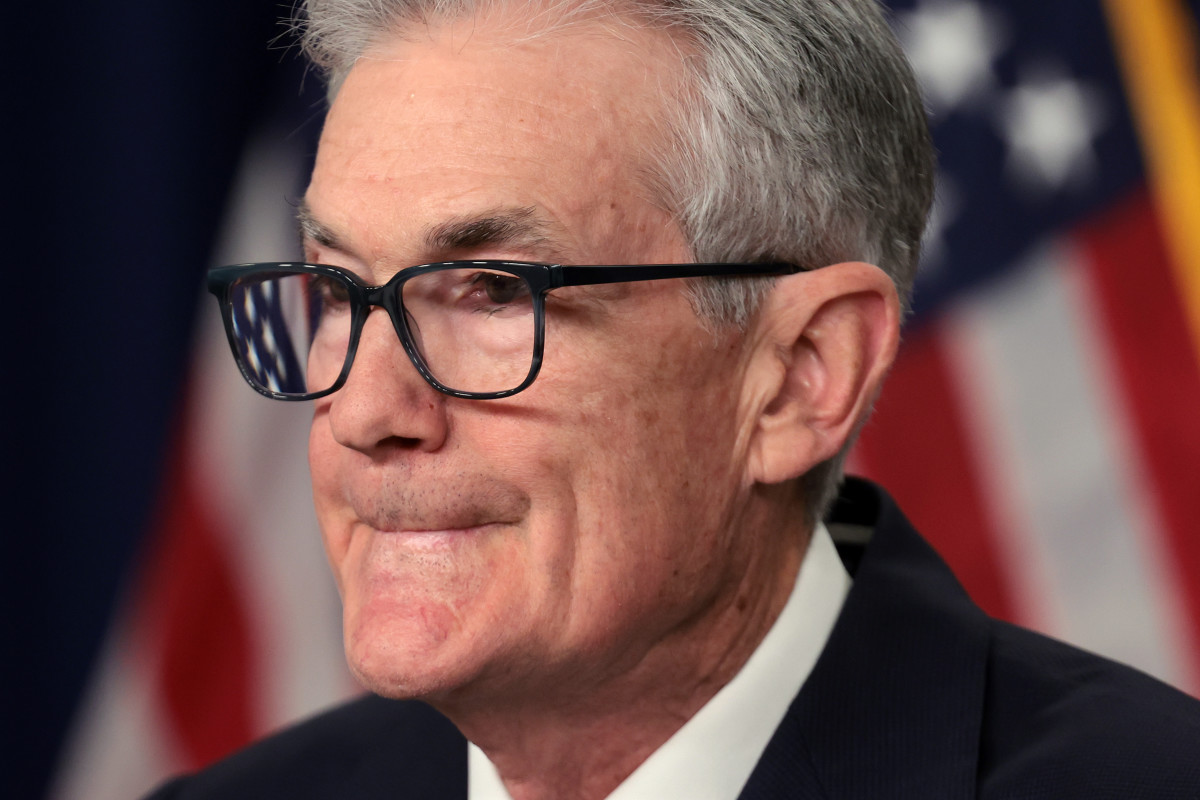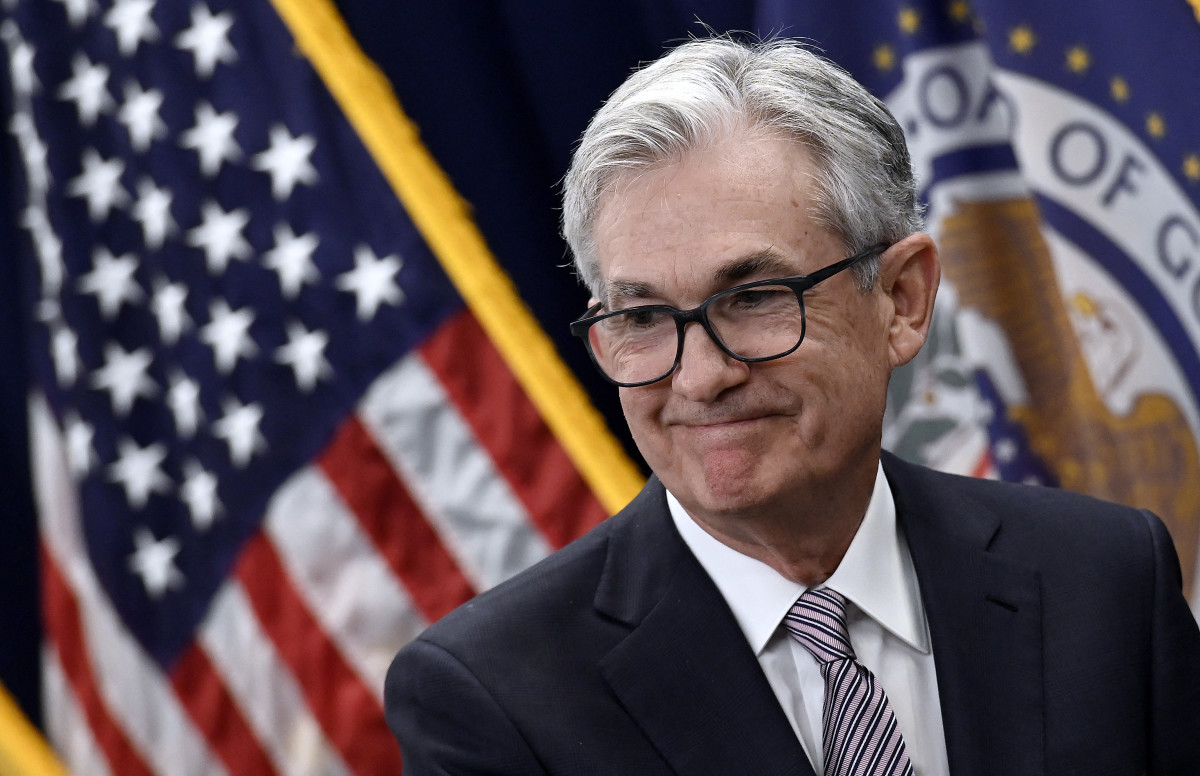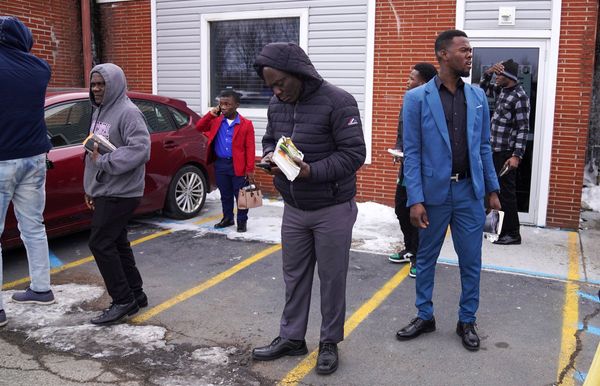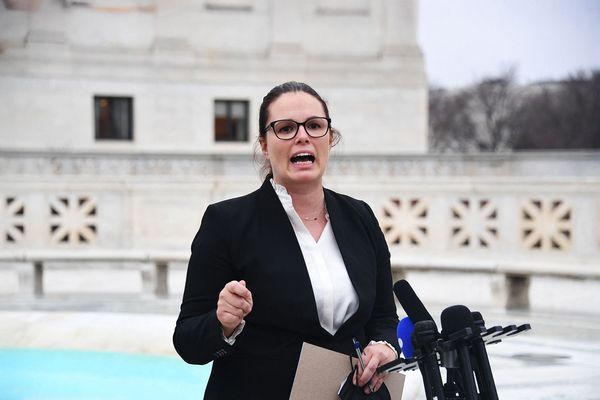
The U.S. economy likely added nearly a quarter of a million new jobs last month, extending the longest streak of sub-4% unemployment since the 1960s, as the labor market continues to defy repeated warnings of a slowdown and Federal Reserve interest rate hikes.
Economists expect the Labor Department to report headline job creation of around 243,000 for the month of April, down from the 303,000 tally recorded in March and just shy of the first quarter average of 276,000.
The headline unemployment rate, meanwhile, is expected to hold at 3.8%, extending a run of 27 consecutive months under the 4% threshold and matching the longest such streak on record, which was tallied during a three-year period between 1967 and 1970.
Fed Chairman Jerome Powell touted the job market's strength earlier this week as he justified holding the central bank's benchmark lending rate steady at a 23-year high of 5.25% to 5.5%, even as he noted some cooling in labor demand.
"We’re trying to use our tools in a way that keeps the labor market strong and the economy strong but also helps bring inflation back down to 2% sustainably," Powell told reporters in Washington on May 1. "We will bring inflation down to 2% sustainably. We hope we can do it without significant dislocations in the labor market."

However, he also noted that while the "demand side of the labor market" remains strong, it's cooling from its extremely high level a couple of years ago.
"You see that in job openings. You see more evidence of that today in the Jolts Report as you know," Powell said.
The Labor Department's Job Openings and Labor Turnover survey, better known as the Jolts report, showed 8.48 million positions went unfilled in March, a modest decline from the 8.81 million tally recorded in February and the lowest in three years.
Creases, but not yet cracks
However, given that Jolts numbers averaged around 6.45 million over the four years before the pandemic, the March report suggests solid labor market momentum carried into the spring.
That was also evidenced in Challenger Gray's closely tracked update on corporate layoffs, which showed a year-on-year decline of 3.3% and a nearly 30% decrease from the prior tally in March.
The report did note, however, that job search times are starting to increase, rising from around 2.7 months last year to just over three months in April.
Labor Department data for March also shows that the average time spent on unemployment benefits has risen from 19.1 weeks last year to around 21.6 weeks.
Related: U.S. growth slowdown, with inflation spike, raises early stagflation risks
"This low April figure may be the calm before the storm,” said Challenger senior vice president Andrew Challenger. "The labor market remains tight, but as labor costs continue to rise, companies will be slower to hire, and we expect further cuts will be needed."
The Conference Board's most recent survey, which showed overall consumer confidence levels at the lowest in nearly two years, also noted that the percentage of workers who say jobs are hard to find surpassed those who said they were plentiful.
"Confidence retreated further in April as consumers became less positive about the current labor market situation and more concerned about future business conditions, job availability, and income," its chief economist, Dana Peterson, noted.
Tech sector hiring slows
However, private sector hiring looks strong, with payroll processing group ADP's National Employment report showing 192,000 new hires in April.
But that report also showed that the key telecommunications, media, and information technology sectors actually recorded job losses and posted the weakest level of pay increases in nearly three years.
While salary increases for job changers, while higher than at the start of the year, they slipped to 9.3% in April from 10.1% in March. Job stayers saw year-on-year pay increases of around 5%.
Related: Fed faces fine-line walk between inflation hawk and slow-growth realist
Another concern for those seeing near-term cracks in the job market facade is the fact that, while labor costs are rising notably, employers aren't seeing similar gains in output.
The Bureau of Labor Statistics said on May 2 that unit labor costs rose by 4.7% over the three months ending in March, a hotter-than-expected tally that echoed an increase in its Employment Cost Index earlier this week.
More pay, less output
However, overall productivity only rose 0.3%, well shy of Wall Street's 0.5% forecast, over the same period, and slowing corporate investments could blunt productivity gains over the course of the coming year.
Ian Shepherdson on Pantheon Macroeconomics, while sanguine with respect to slowing productivity growth, still thinks the labor market is long overdue for correction.
More Economic Analysis:
- Watch out for 8% mortgage rates
- Hot inflation report batters stocks; here's what happens next
- Inflation report will disappoint markets (and the Fed)
Shepherdson cites data from the National Federation of Independent Business's benchmark hiring and optimism surveys, the former of which last showed hiring intentions at the lowest levels since May of 2020.
Estimates vary, but small business hiring accounts for over half of all U.S. job creation in a given year.
"We think the jobs market will look materially weaker very soon, paving the way for more Fed easing over the rest of this year than is currently expected by markets," he said.
Related: Veteran fund manager picks favorite stocks for 2024







